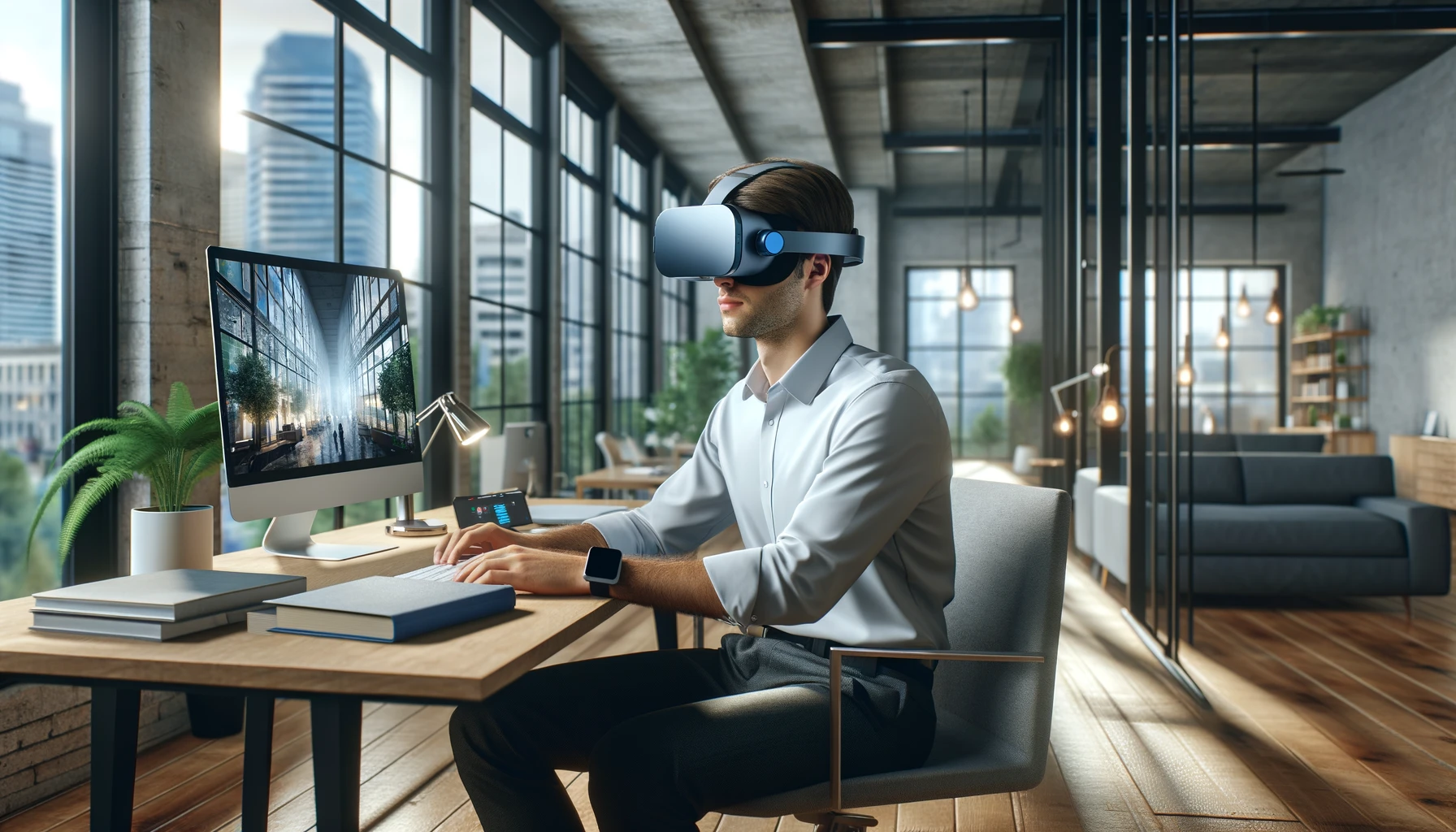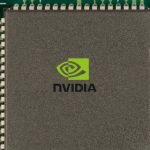Apple‘s Vision Pro is being closely watched by tech enthusiasts as a pivotal product in encouraging the widespread use of virtual reality (VR) headsets. The device, which integrates advanced technologies with a user-friendly design, represents Apple’s foray into the immersive world of VR. Several developers believe it could be the bridge that links mainstream consumers to the increasingly popular realm of VR gaming. Alongside other VR systems, the Vision Pro is poised to redefine the user experience, making VR more accessible and engaging.
The Vision Pro’s journey has been marked by a series of technological advancements and strategic releases. Early iterations of VR headsets faced hurdles such as high costs and limited content, which hampered widespread adoption. Previous attempts by various companies to introduce VR to a broader audience met with mixed results. Early adopters often cited a lack of compelling content and the prohibitive price points as significant barriers. With the Vision Pro, Apple aims to address these issues head-on, leveraging its ecosystem and brand loyalty to attract a wider user base.
Comparing past VR technologies with the Vision Pro highlights significant differences. Earlier devices often required complex setups and had limited compatibility with other gadgets, which deterred casual users. In contrast, Apple’s Vision Pro promises seamless integration with its existing range of products, offering a more cohesive experience. Additionally, the anticipated influx of VR content, ranging from gaming to educational applications, is set to provide users with a more compelling reason to invest in the technology. This strategic approach differentiates Apple’s efforts from those of its predecessors, potentially giving it an edge in the market.
Technological Advancements
The Vision Pro stands out due to its sophisticated technology, which includes high-resolution displays and advanced motion sensors. These features enhance the immersive experience, making VR applications more realistic and engaging. By incorporating a user-friendly interface, the headset aims to attract not just gamers but also professionals and educators who can benefit from immersive simulations and training modules.
Market Impact and Adoption
The potential market impact of the Vision Pro is significant, with many experts predicting a surge in VR adoption. Apple’s entry into the VR space could encourage other companies to innovate, leading to a more competitive and diverse market. This increased competition is expected to drive down prices and improve the quality of VR headsets available to consumers. Furthermore, Apple’s strong brand presence and marketing capabilities could accelerate consumer acceptance of VR technology.
Key Insights
– Enhanced integration with Apple’s ecosystem makes the Vision Pro user-friendly and accessible.
– Advanced technologies in the Vision Pro offer a more immersive and realistic VR experience.
– Potential increase in VR content could drive broader adoption across various user demographics.
The Vision Pro’s success will largely depend on Apple’s ability to leverage its existing ecosystem and create compelling content that appeals to a broad audience. By focusing on user experience and addressing the shortcomings of earlier VR technologies, Apple aims to make VR headsets a mainstream product. The Vision Pro’s integration capabilities and its potential to attract a diverse user base, including gamers, educators, and professionals, could set it apart in the competitive VR market. As the landscape of VR continues to evolve, the Vision Pro may well be the catalyst that transitions VR from a niche market to a ubiquitous technology.










